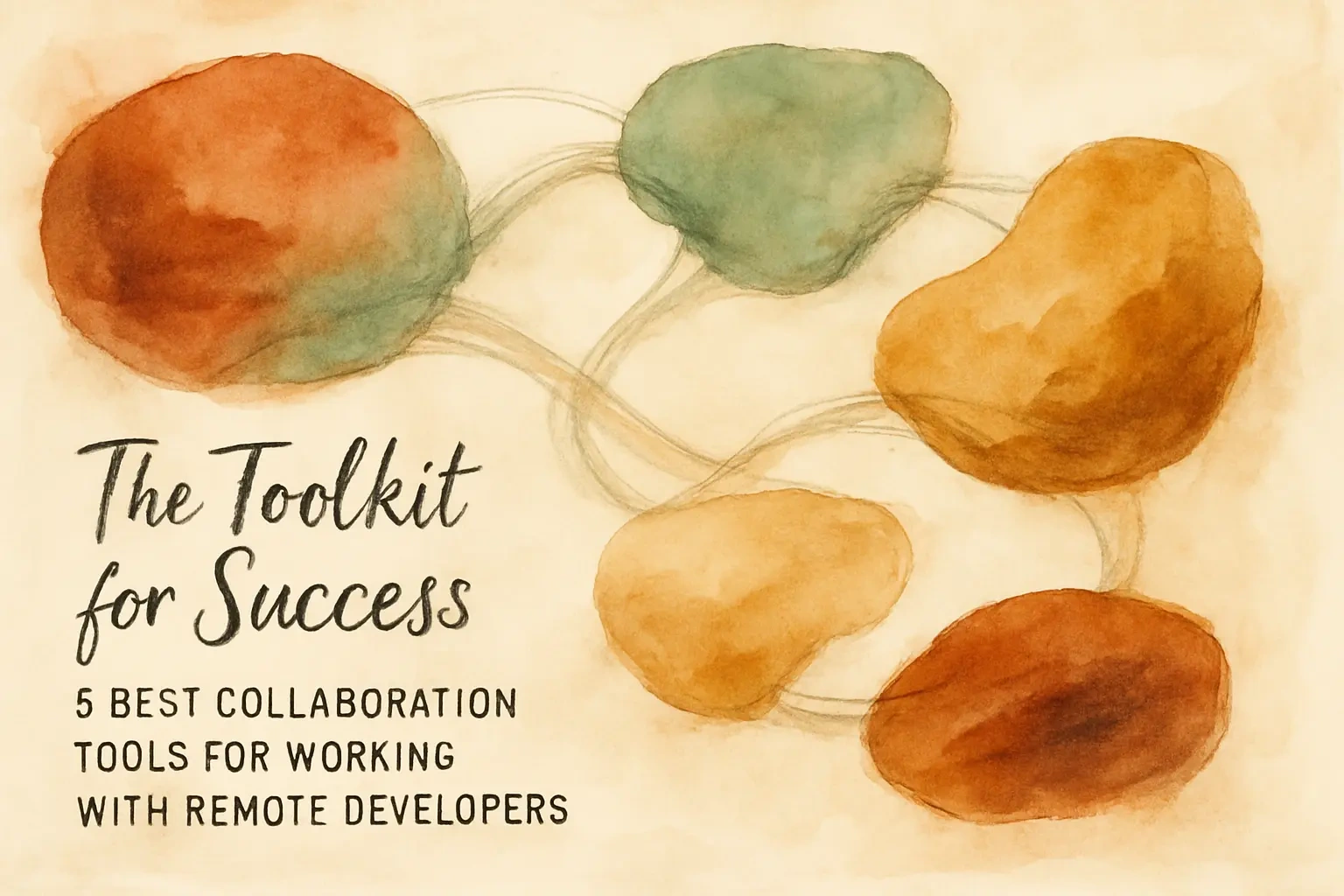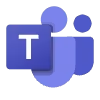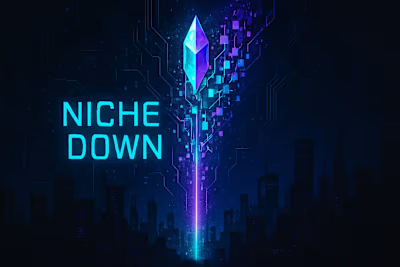The Toolkit for Success: 5 Best Collaboration Tools for Working with Remote Developers

The Toolkit for Success: 5 Best Collaboration Tools for Working with Remote Developers
1. Project Management: Asana or Trello
Why You Need It
Key Features for Shopify Projects
2. Communication: Slack
Why You Need It
Key Features for Developer Collaboration
3. Version Control: GitHub
Why You Need It
Key Features for Non-Technical Users
4. Design & Feedback: Figma
Why You Need It
Key Features for Handoff to Developers
5. Video Messaging: Loom
Why You Need It
Key Use Cases
Bringing It All Together
References
The Toolkit for Success: 5 Best Collaboration Tools for Working with Remote Developers
When working with a remote Shopify developer, the right set of digital tools isn't just a nice-to-have; it's the foundation of your entire collaboration. These platforms bridge physical distances, ensuring that communication is clear, projects stay on track, and code remains organized. Effective communication is the first step to a successful project. For teams spread across the globe, mastering collaboration across time zones is also a critical challenge to overcome.
Think of these tools as your digital office space. Just like a physical office needs desks, meeting rooms, and whiteboards, your virtual workspace needs the right platforms to keep everyone connected and productive. The good news? You don't need dozens of apps cluttering your workflow. With just five essential tools, you can create a seamless collaboration environment that makes working with remote developers feel as natural as having them in the next room.
1. Project Management: Asana or Trello
A robust project management tool is your single source of truth for tasks, deadlines, and progress. It provides clarity and ensures everyone knows what they need to work on and when.
Picture this: You're launching a new product line on your Shopify store. There are dozens of moving parts - product pages to create, checkout flows to optimize, and inventory systems to integrate. Without a central hub to track everything, you'd be drowning in email threads and sticky notes. That's where project management tools come in.
Why You Need It
These tools allow you to break down large projects into manageable tasks, assign them to your developer, set due dates, and track their status visually. This transparency is crucial for keeping projects on schedule.
Let's say you're redesigning your homepage. Instead of one overwhelming task called "redesign homepage," you can break it down into bite-sized pieces: "Create hero banner mockup," "Implement mobile navigation," "Add customer testimonial section," and so on. Each task gets assigned to the right person with a clear deadline.
The visual nature of these tools is what makes them powerful. At a glance, you can see what's in progress, what's stuck, and what's completed. No more wondering if your developer received that email about the urgent bug fix. Everything lives in one organized space where nothing gets lost.
Your developer benefits too. They can prioritize their work, ask questions directly on specific tasks, and update you on progress without scheduling yet another meeting. It's a win-win that keeps projects moving forward smoothly.
Key Features for Shopify Projects
Look for Kanban boards to visualize workflow, timelines or Gantt charts for scheduling, and the ability to attach files and comments directly to tasks. Integrations with other tools like Slack and GitHub are also highly valuable.
Kanban boards are particularly useful for Shopify development. You can set up columns like "To Do," "In Progress," "Testing," and "Complete." As your developer works on tasks, they simply drag cards from one column to the next. It's satisfying to watch tasks flow across the board toward completion.
For larger projects, Gantt charts help you see the big picture. Maybe your holiday sale setup needs to be complete by November 15th. A Gantt chart shows you exactly which tasks need to happen when, and how delays in one area might affect the overall timeline. This bird's-eye view helps you make informed decisions about priorities and resource allocation.
The commenting feature turns each task into a mini conversation thread. Your developer can ask questions, you can provide feedback, and everything stays connected to the relevant task. No more searching through emails to find that one important detail about button colors or shipping calculations.
2. Communication: Slack
Email is inefficient for the fast-paced, back-and-forth nature of development work. A dedicated chat tool like Slack is essential for both real-time and asynchronous communication.
Remember the last time you tried to have a quick conversation over email? By the time you've written "Hi Sarah, Hope you're doing well..." your developer could have already answered three questions in Slack. The informal, instant nature of chat tools matches the rhythm of development work perfectly.
Why You Need It
Slack organizes conversations into channels, reducing inbox clutter and making information easy to find. It's perfect for quick questions, sharing updates, and fostering a sense of team connection.
Think of channels as dedicated rooms for different topics. You might have a #general channel for team updates, a #shopify-bugs channel for reporting issues, and a #random channel for sharing memes and building rapport. This organization means important messages don't get buried under casual conversation.
The search function in Slack is incredibly powerful. Six months from now, when you're wondering why a certain decision was made, you can search for keywords and find the exact conversation. Try doing that with your email inbox - it's like finding a needle in a haystack.
Slack also helps remote developers feel like part of the team. Those water cooler conversations that happen naturally in an office? They can happen in Slack too. A quick "Good morning!" or sharing excitement about a feature launch creates connection across distances.
Key Features for Developer Collaboration
Use dedicated channels for specific projects (e.g., #shopify-redesign), code snippet sharing, and integrations that can post automatic updates from your project management or version control tools.
Project-specific channels keep conversations focused. When you're working on multiple initiatives, having a #black-friday-prep channel separate from #mobile-optimization means everyone can find relevant information quickly. Pin important messages to the top of each channel - things like project goals, key dates, or design mockups.
The code snippet feature is a game-changer for technical discussions. Your developer can share a piece of code with syntax highlighting, making it easy to read and discuss. Even if you're not technical, you can see when they're actively working on your project and ask questions about their approach.
Integrations turn Slack into a command center. Connect it to Asana, and you'll get notifications when tasks are completed. Link it to GitHub, and you'll see when new code is pushed. These automated updates keep you informed without requiring constant check-ins from your developer.
3. Version Control: GitHub
Version control is non-negotiable for any serious development project. GitHub is the industry standard for managing code, tracking changes, and collaborating on features.
Imagine trying to write a book with someone, but you can only work on one computer, passing it back and forth. That's what development is like without version control. GitHub solves this by creating a master copy of your code that multiple people can work on simultaneously without stepping on each other's toes.
Why You Need It
It provides a central repository for all your theme and app code, creating a history of every change. If a new update breaks something, you can easily revert to a previous, working version.
Think of GitHub as a time machine for your store's code. Every change is recorded with information about who made it, when, and why. Did that new feature cause unexpected problems? No problem - you can roll back to yesterday's version while your developer fixes the issue.
This safety net gives your developer confidence to experiment and improve your store. They can try bold new features knowing that if something goes wrong, recovery is just a few clicks away. It's like having an unlimited "undo" button for your entire website.
GitHub also serves as a backup system. If your developer's laptop gets stolen or crashes, all the code is safe in the cloud. You own the repository, so even if you switch developers, the new person can pick up exactly where the last one left off.
Key Features for Non-Technical Users
Even if you don't code, you can use GitHub's 'Issues' feature to report bugs and request features. The 'Pull Request' system also allows you to see what changes are proposed before they are merged into the live site.
The Issues feature is like a sophisticated to-do list specifically for your store's code. Found a bug where the cart button doesn't work on mobile? Create an issue with a description and maybe a screenshot. Your developer can then discuss the problem, propose solutions, and link the fix directly to the issue when it's complete.
Pull Requests might sound technical, but they're actually quite simple conceptually. Before changes go live on your store, your developer creates a "proposal" showing what will change. You can review this, ask questions, and approve it before anything affects your customers. It's quality control built right into the development process.
You can also use GitHub to store documentation about your store's custom features. Your developer can write guides explaining how things work, which becomes invaluable when training new team members or troubleshooting issues down the road.
4. Design & Feedback: Figma
For any project involving visual changes, a design collaboration tool like Figma is invaluable. It bridges the gap between designers, stakeholders, and developers.
We've all been in that frustrating situation where you're trying to describe a visual idea through words. "Make the button more... punchy? But not too bright. You know what I mean?" Figma eliminates this guesswork by letting everyone see and interact with designs before any code is written.
Why You Need It
Figma allows you to create, share, and comment on interactive prototypes of your website. This ensures everyone is aligned on the visual direction before any code is written, saving significant time on revisions.
The magic of Figma is that it shows exactly what your store will look like before investing development time. You can click through a prototype, testing the user experience and making adjustments until it's perfect. This prevents that sinking feeling when you see the coded version and realize it's not quite what you imagined.
Comments in Figma are tied to specific elements. Instead of saying "the header needs work," you can click directly on the header and leave a note: "Can we make this 20% larger and change the color to match our brand blue?" Your designer and developer see exactly what you mean.
The version history in Figma is also incredibly useful. You can see how designs evolved over time and even restore previous versions if needed. This is especially helpful when stakeholders change their minds - you can quickly show them why certain decisions were made.
Key Features for Handoff to Developers
Developers can inspect design elements directly in Figma to get exact measurements, colors, and CSS attributes, which streamlines the process of turning a design into a functional Shopify theme.
The inspect feature is where Figma really shines for developer collaboration. Your developer can click on any element and see its exact specifications - the font size, color code, spacing, and even copy-paste ready CSS code. This eliminates guesswork and ensures the final product matches the design perfectly.
Figma's component system is particularly useful for Shopify stores. Common elements like product cards, buttons, and navigation menus can be designed once and reused throughout your site. When you update the master component, it updates everywhere, ensuring consistency across your entire store.
The ability to export assets directly from Figma saves tons of time. Your developer can grab optimized images, icons, and graphics without needing to ask you for files or worry about formats. Everything they need is right there in the design file.
5. Video Messaging: Loom
Sometimes, a quick video is faster and clearer than a long email or a scheduled meeting. Asynchronous video tools like Loom are perfect for this.
We've all written those lengthy emails trying to explain a complex issue, complete with numbered steps and multiple screenshots. Then we wait for a response, only to realize the recipient misunderstood something crucial. Loom cuts through this confusion by letting you show and tell simultaneously.
Why You Need It
Use Loom to record your screen to demonstrate a bug, walk through a new feature request, or provide feedback on a design. This adds a personal touch and can convey complex information more effectively than text alone.
The beauty of Loom is its simplicity. Click record, show what you're talking about, and share the link. Your developer can watch it when they're ready, pause to take notes, and rewatch sections if needed. It's like having a meeting that works around everyone's schedule.
For bug reports, Loom is unbeatable. Instead of writing "When I click the checkout button after adding a discount code, something weird happens," you can show exactly what weird thing happens. Your developer sees the exact steps to reproduce the issue, making fixes much faster.
Loom also helps maintain the human connection in remote work. Seeing someone's face and hearing their voice, even in a recording, builds stronger relationships than text alone. Your developer gets to know your communication style and personality, leading to better collaboration.
Key Use Cases
It's especially useful for providing context that is hard to describe in writing, such as demonstrating a multi-step process or explaining the user flow you have in mind.
Feature requests become crystal clear with Loom. You can navigate through competitor sites showing exactly what you like, or walk through your current site explaining what you want to change. "I want our product pages to work like this" becomes a visual demonstration rather than an abstract concept.
Training and onboarding are other perfect use cases. Record yourself explaining how to use your store's custom features, where to find important information, or how to handle common customer service scenarios. These videos become a library of knowledge that new team members can access anytime.
Feedback rounds are also more efficient with video. Instead of marking up a document with dozens of comments, record yourself navigating through the site or design, explaining your thoughts as you go. Your tone of voice conveys whether something is a minor suggestion or a critical issue, reducing misunderstandings.
Bringing It All Together
These five tools create a complete ecosystem for remote collaboration. Asana or Trello keeps projects organized and on track. Slack enables quick communication and team building. GitHub protects your code and enables professional development practices. Figma ensures everyone's on the same page visually. And Loom adds the human touch that makes remote work feel personal.
The key to success isn't just having these tools - it's using them consistently. Set clear expectations about which tool to use for what purpose. Bug reports go in GitHub Issues. Quick questions go in Slack. Design feedback happens in Figma. Project updates live in Asana. When everyone knows where to look for information, collaboration becomes effortless.
Start small if this feels overwhelming. Pick one or two tools and get comfortable with them before adding more. Most remote developers are already familiar with these platforms, so they can help you get up to speed. The investment in learning these tools pays off quickly in smoother projects and better results.
Remember, these tools are meant to enhance human collaboration, not replace it. They work best when combined with clear communication, mutual respect, and shared goals. With the right toolkit and the right mindset, working with remote developers can be just as effective - if not more so - than traditional in-person collaboration.
Your Shopify store's success depends on smooth collaboration with your development team. These tools remove the friction from remote work, letting you focus on what really matters: creating an amazing experience for your customers. Whether you're fixing bugs, launching new features, or completely redesigning your store, this toolkit ensures nothing gets lost in translation between idea and implementation.
References
Like this project
Posted Jul 4, 2025
The right tools are essential for remote success. Discover the best tools for project management, communication, and version control when working with Shopify developers.










